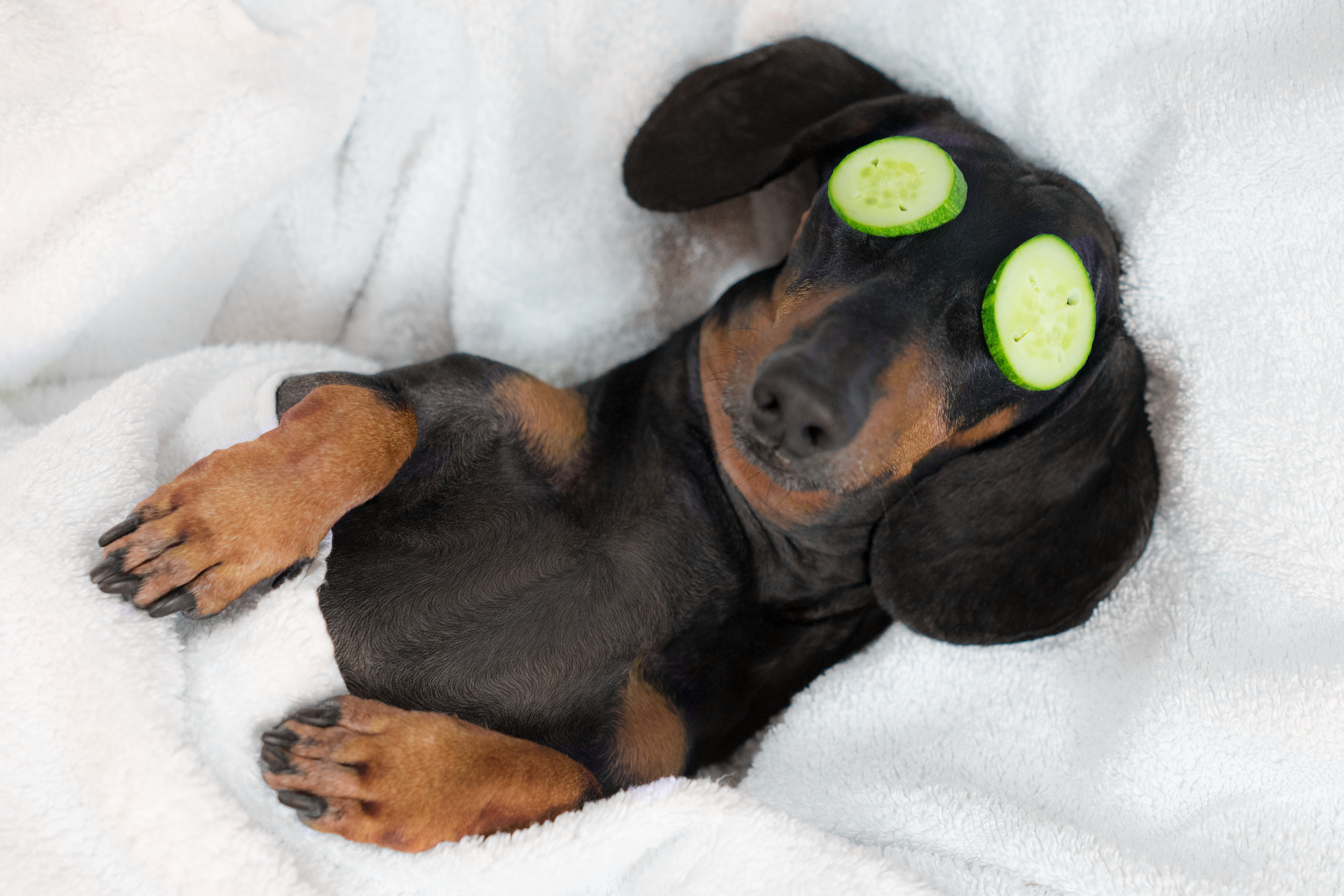We are in a new era of luxury meets cause. The obsession with fur is far from removed; it has simply evolved into ownership of the beautiful pets that grow it. There is a desire to give furry companions the opportunity for a happy life. The luxury designer pet industry has taken over in the past few years with furry luxury animals leading the pack. With cause-driven efforts becoming an essential new arm to luxury, owning a furry fellow and most importantly giving them a life worth living has now become a luxury status symbol and a sign of supreme wealth. All the implications of pet ownership automatically make it so.
To purchase or rescue our furry friends is part of the new luxury identity and marketers have taken notice. More importantly, marketers have data showcasing the many ways brands can be part of the growing rage by creating premium experiences for these pets and their owners. This is the new way to show wealth in today’s evolved fur culture and brands don’t want to miss out on the action.
Today the luxury consumer is equally about purpose as it is about showcasing wealth. Needless to say, many pets people own around the world (nowadays) do come from animal rescues to live very luxurious lives with their human parents. They benefit from their adopted families’ lavish lifestyles. There are also those high-ticket designer pet purchases, those that come with high maintenance and high prices. Among the high-maintenance luxury pets are the adventurous Samoyed and the sophisticated labradoodleboth of whose initial cost is from $1,500 – $14,000; not to mention food, routine grooming, and vet care. Other highly sought-after luxury pets include the Persian cat coming in as high as $5,000, the Capuchin monkey can come in at $8,500, and the Selle Frances Horse coming in anywhere between $15,000 – $50,000. You can expect anywhere from $50K – $250K in estimated expenses associated with some of these luxury lifestyle pets. All of these animals need an array of “things” to survive and for the luxury consumer, these pets also deserve special treats and need the finest things.
From the emotional support animal to the frivolous commodity pet, all animals have necessary expenses. But for the luxury consumer, their pets also have comfort and status needs that go well beyond the basic pet needs or expenses. After all, they have their own social media lives to share with the world. In comes the growing luxury pet market, ready and willing to serve the needs of this growing consumer base and the storytelling that comes with it.
In luxury goods, it seems like there is rarely a big opportunity to break through. In this case, it might be different. Researchers from Global Market Insights estimate the global pet market will grow to be worth $270 billion by 2025, of which the luxury segment is worth $27 billion. The U.S. is by far the largest player in the global pet industryas the next-highest shareholder is Brazil, which holds only about 5%. Germany and the U.K. are next, holding 4.9% each and France rounds out the top five with 4.5%.
Data from MoneySuperMarketindicates that a UK pet owner spends on average 592 euros, or $654, per year on luxury items for their pets. To reinforce a promise for investors, we see the opportunity being reinforced by financial institutions like Morgan Stanley, which predict an 8% compound annual growth rate growth for the pet industry by 2030. Much of this is estimated to come from newly developed categories. According to an analysis by Grand View Research, the pet supplements industry is set to hit $1 billion in sales by 2027.
Many legacy brands have jumped on this growing opportunity and arguably have led the way for this new market to flourish. In 2022, brands like Hermes introduced several new luxury items to their portfolio. New categories in luxury pet products are emerging well beyond food, toys, and grooming. The luxury consumer is looking for their pets to be a sign of wealth and an extreme luxury status symbol. Some of these new product categories include pet wipes and toothpaste and new inventions in technology and pet mindfulness.
The industry is not new but the development of completely new categories gives room for new brands and completely new players, especially in mindfulness, technology, travel, and experiential. The luxury pet lovers’ experience starts even before owning their companions and continues by giving them a chance for a life worth living.










